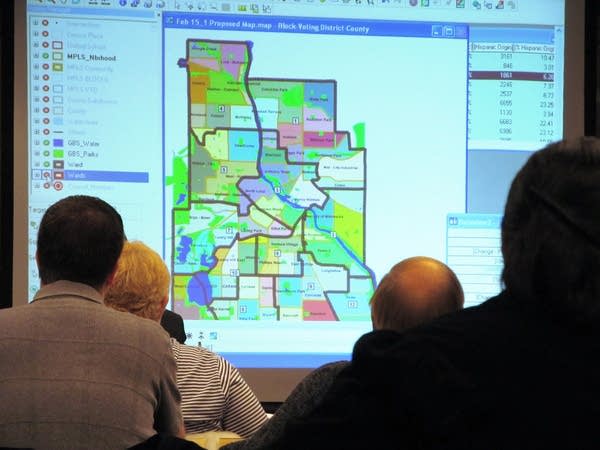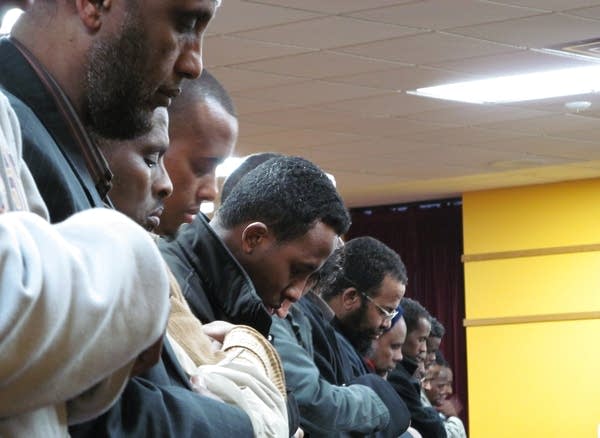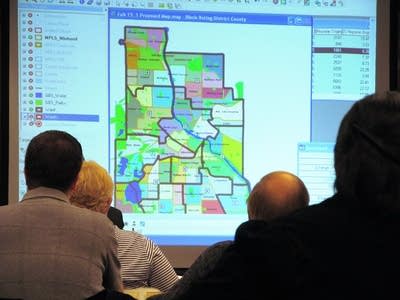Eyeing City Council seat, Somalis work to redraw Mpls. ward map

Earlier this week, the call to prayer echoed through the Abubakar As-Siddique Islamic Center as the sun set over the Phillips neighborhood in Minneapolis.
About 18 blocks away, the music of East African artist Jamboo Joote blasted from the Cedar Sound Studio — a record store in the Riverside Mall.
Right now, the mall and the mosque are in two different city council wards. But members of the Citizens Committee for Fair Redistricting, a group of Minneapolis residents mostly from the city's Somali community, want to change that.
"We're just basically looking for a slice of the American freedom, which is to have our voices heard," said Hussein Ahmed, a member of the group.
Create a More Connected Minnesota
MPR News is your trusted resource for the news you need. With your support, MPR News brings accessible, courageous journalism and authentic conversation to everyone - free of paywalls and barriers. Your gift makes a difference.
Next week, a panel of judges will determine the boundaries for the state's congressional and legislative districts to make sure each has about the same number of residents based on the 2010 census. The court won't change city council ward lines across the state though — that's up to local officials.
In Minneapolis, the group wants the city's political lines redrawn (read the group's proposal) in a way that concentrates as much of the East African vote as possible in a single district. Ahmed said that would increase the chances of electing a member of that community to the city council.
"There's a lot of minorities now from East African bloc countries that are now American citizens and they're able to vote," he said. "I hope that the commission pays attention to that when they're redrawing the boundaries."

But every times you move a ward line, there can be unintended consequences. Paula Vollmar Heywood has lived almost 30 years in Cedar-Riverside and is worried about what might happen if the neighborhood gets cut in two as Ahmed's group has proposed.
"I'm thinking that it will split us up politically," she said. "Our political views and work has been what has kept us together all these years. My neighborhood is only about three or four square blocks and we do depend on the Cedar-Riverside organizations to stick up for us with the city and get us services that we need."
The Minneapolis Redistricting Group has been tinkering with the lines in a series of public meetings over the last few weeks. The group includes the city's 15-member Charter Commission, which will ultimately decide the boundaries.
The group unveiled its proposed map on Friday. It incorporates some of the ideas from the East African community members, but they're not satisfied with it. They'll have the opportunity to voice those concerns at a pair of hearings coming up in less than two weeks.
Charter Commission Chair Barry Clegg said he wants lots of feedback.
"Most people think redistricting is terribly boring — until such time as they have a map to look at," Clegg said. "We will hear from a lot of folks. And we will take all that in and make a decision as to whether or not that means significant changes or just moving around the edges."
The commission aims to approve the final ward boundaries by the last week in March. Because of shifts in population, most of the city's 13 wards will likely change shape at least a little.
St. Paul redrew its city council map in advance of local elections last year, but it had to make only minor changes. The process there was uncontroversial.
